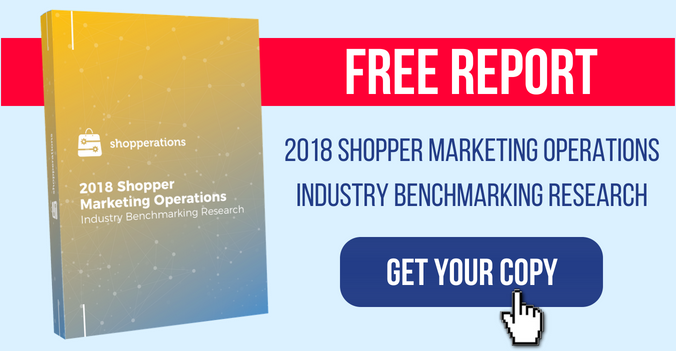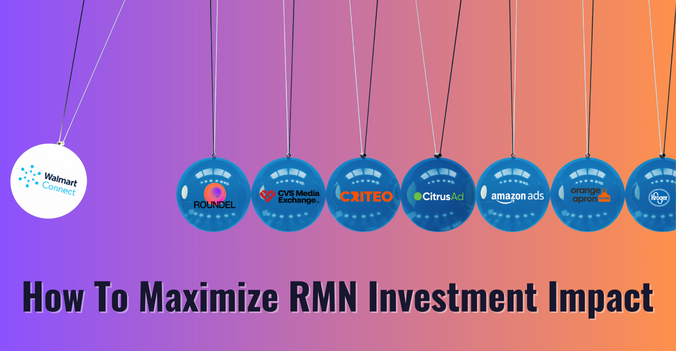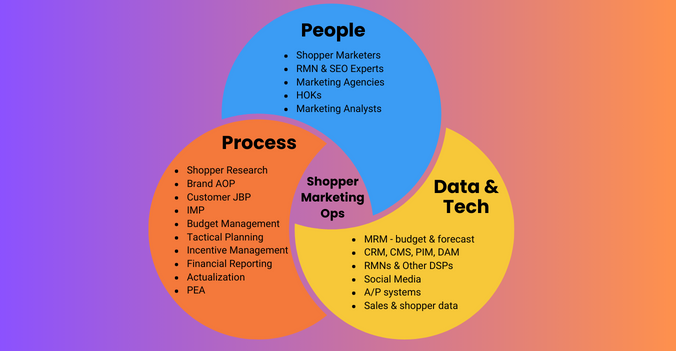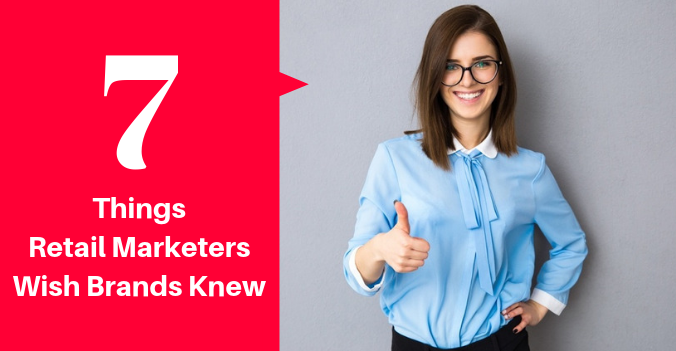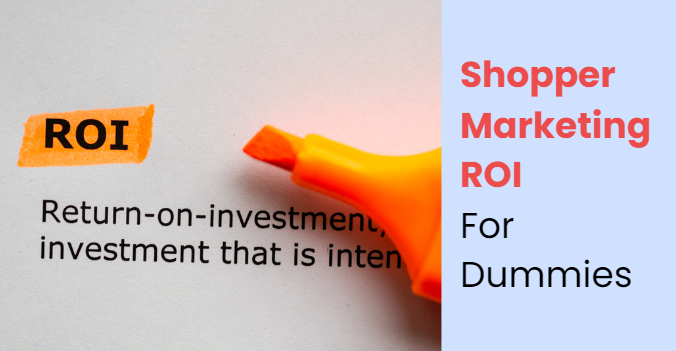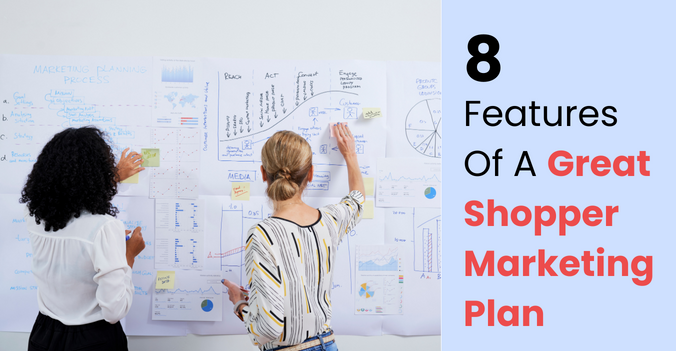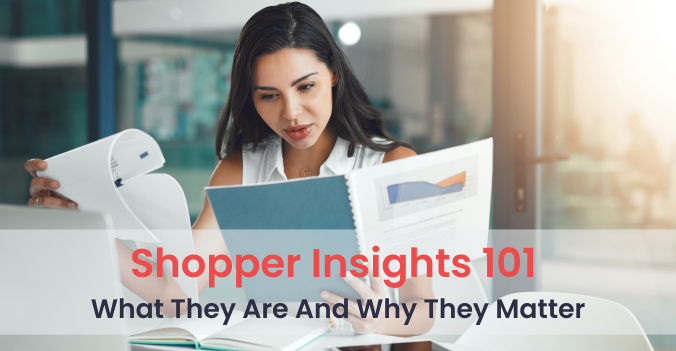 I wrote a couple of “Things I Wish...” blogs over the last couple of years (check them out here and here), and they’ve been very well received. I have been getting suggestions on what other similar posts I should write. Readers were very interested to get a Retailer POV on how CPG Marketers can be better partners. So, I interviewed several marketers from major US retail chains and asked them: what their best CPG brand partners do well, what ticks them off and what myths they wanted to dispel. Here is what they came up with.
I wrote a couple of “Things I Wish...” blogs over the last couple of years (check them out here and here), and they’ve been very well received. I have been getting suggestions on what other similar posts I should write. Readers were very interested to get a Retailer POV on how CPG Marketers can be better partners. So, I interviewed several marketers from major US retail chains and asked them: what their best CPG brand partners do well, what ticks them off and what myths they wanted to dispel. Here is what they came up with.
1. We like half-baked ideas.
Quite literally. As a CPG marketer, the worst thing you can do is bring us a fully baked program and try to sell us on it. No retailer likes to be one of many where your brand promotion will run. We realize that to build scale, your marketing teams need to activate your strategic platforms at many retail chains, but it doesn’t mean the activation should look the same everywhere. Our most successful CPG partners come prepared for annual planning but do not have prescriptive tactical plans. They share insights, high-level concepts, explain how their strategic efforts support our retail strategies and allow our marketing teams shape the tactical plans and tailor messaging and incentives. The magic happens when we co-create, which doesn’t feel like transactional selling, rather a true partnership.
2. We like brands who “speak our language”.
And we don’t just mean using the correct noun to describe our shoppers, e.g. Target “guest” or Kroger “customers”, or knowing all of our internal abbreviations and industry slang. “Language” of analytics and shopper data is what we really want our brand partners to speak. In the world of big data and abundance of information, knowing how we look at our business and analyze our shoppers’ behavior will set you apart. Best CPG vendors come prepared with our POS and shopper data supporting their selling stories. When they bring new data sources, they know how to use them in a meaningful way. Our best partners know the key performance indicators that really matter to us and help is see how their data and ideas support them.
3. We want to meet with smaller brands, too.
Regional, local, up-and-coming brands are a key source of growth and a breath of fresh air for our mature industry. It may seem like we only are interested to meet with the top 20 CPG vendors, but that’s not really so. Even if we seem busy, we will find time to meet with smaller brand players. If you are just starting to build your shopper marketing capability, we are happy to help facilitate your sell-in process and coach you on how to grow with us. In fact, many successful companies begin their brand-building efforts with targeted retail-specific activations, not with expensive national media buys. Shopper Marketing for them is THE main form of marketing because of its efficiencies and tangible linkage to distribution and sales.
4. We think you waste too much money on generic campaigns.
We hear that sales attribution is a ‘holy grail’ in marketing, but much of what we see in CPG world makes us think they just chase impressions. Here is perfect example: we see brands come to us with suggestions to run a Facebook promoted post campaign that drives shoppers to our stores. This kind of campaign will cost thousands of dollars and will surely deliver hundreds of thousands impressions… none of which you can link to specific shopping trips or baskets. While we see value in generating awareness and consideration for your brand, we cringe at this sort of reckless spending because marketers can learn little from these campaigns. Instead, invest in shopper-centric programs where you can trace buyer conversion, measure trial and repeat rate and shopper share of wallet. This is a much more sophisticated approach that many retailers can enable these days. Ask us about our targeting and attribution capabilities so we can create mutual wins and improve marketing spending accountability.
5. It’s not our job to secure your incremental merchandising.
We’ve heard many times that you would support our corporate retail marketing programs if they came with guaranteed Feature & Display support. While it’s very prudent and logical of you to expect that, and you may have been able to do it in the past, we are sorry to tell you: it’s not our job to negotiate merchandising support on your behalf. Retail marketers’ primary focus is to drive more store visits, improve shopper experience and loyalty. Securing incremental merchandising is a collaborative effort that should involve your Sales teams and our Merchandising department. Which brings us to our next point...
6. To be successful, you can’t avoid our merchandising department.
It’s not a secret that merchandising department is a major stakeholder in Retail organizations. They decide when and where your products are sold, negotiate your F&D support, and can affect your profit margins and marketing ROI. As a marketer, you must be lock-step with your Sales and our Merchandising teams every step of the way. It’s imperative to align each category’s short- and long-term goals, KPIs, pricing and promo strategies with your shopper activations. Make sure to attend meeting with our merchandisers, and especially the strategic JBP sessions.
Not only these conversations align our companies’ high-level strategies, they also help you be practical with your marketing investments. For instance, you may choose to supplement your Trade investments with Shopper Marketing support, or vice versa, avoid over-incentivization (is there such a word?), or “layering” of offers, a.k.a. giving your product away for free. This happens more often than we all care to admit.
7. Know our process and lead times to avoid “surprises”.
Our internal marketing processes are intricate and complex, and lead times are probably longer than you think. We plan our marketing campaigns months out. And depending on the type of campaigns, approvals make take long time. Sweepstakes promotions, for instance, require legal clearance, so don’t come to us in January asking for approval to run the campaign in February.
We can only include a certain number of messages and offers on our email newsletter or weekly circular, and our content calendar fills up fast. So, start early and come prepared with specific half-baked ideas that we can shape together and put on our content roadmap.
Don’t forget to ask for our style and content guidelines where logos treatments, sizes, resolutions and other mandatories are laid out. Did you know, for example, that we must comply with ADA requirements?
Are you a CPG marketer? Were you surprised by any these revelations? Are you a Retail marketer? Do you have anything to add? Please share your thoughts in the comments below.
Other posts you may like
6 THINGS I WISH SALES KNEW ABOUT SHOPPER MARKETING
9 THINGS I WISH BRAND MANAGERS KNEW ABOUT SHOPPER MARKETING
5 CRITICAL AREAS YOU MUST ADDRESS IN E-COMMERCE JOINT BUSINESS PLANNING

